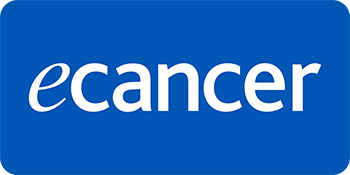Breast density is a strong and prevalent risk factor for breast cancer and it significantly reduces the sensitivity of mammography to detect the disease. Inconsistency in breast density notification policy across screening programs in Australia has resulted in significant health promotion challenges, with low awareness and knowledge of breast density as a risk factor and confusion regarding assessment and risk management for women with dense breasts. Australian breast density notification policy has recently been revised and now recommends women be informed of their breast density; however, this policy has not yet been implemented in all BreastScreen programs across the country. The research evidence that supports screening policy and practice does not often incorporate the consumer perspective, which is integral to providing clear recommendations for women with dense breasts. Opportunities for consumer organisations to advance evidence-based health promotion strategies to inform public health policy are limited. This article provides a Consumer Perspective on Breast Density Notification from the Australian Breast Density Consumer Advisory Council. This Perspective provides recommendations for future action to support breast density reporting in Australia. It provides a succinct overview, in lay terms, of what breast density is and its role in breast cancer risk assessment, risk-reduction and early detection. Finally, it addresses concerns relating to individual anxiety after receiving a breast density notification. This perspective aims to inform breast screening policy and practice in Australia. It is a position statement on breast density notification from a consumer perspective, built on lived expertise and research evidence. It builds on increasing evidence that inclusion of a consumer voice within medical research and policy development can improve the quality and relevance of health outcomes and provide more effective research translation and impact. This article advances innovation in breast density research and breast screening policy by prioritising the consumer voice, ensuring research and policy are informed by the lived experiences of consumers.





